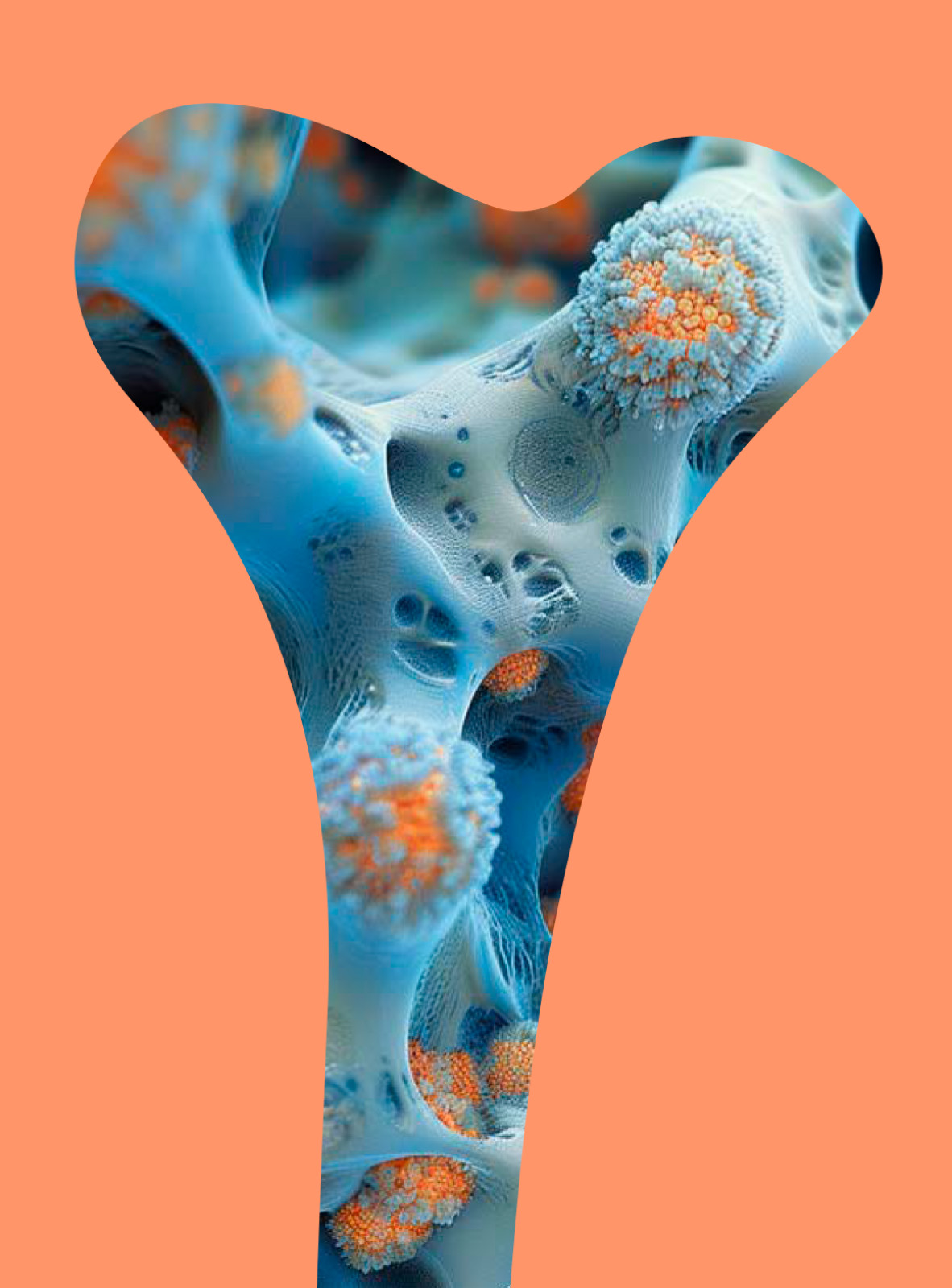
Researchers Chart the Contents of Human Bone Marrow
Discovery
A team at Weill Cornell Medicine has mapped the location and spatial features of blood-forming cells within human bone marrow. Their findings confirm hypotheses about the anatomy of this tissue and provide a powerful new means to study diseases ranging from noncancerous conditions, such as sickle cell anemia, to malignant conditions, such as acute leukemia, that affect bone marrow.
For the research described Sept. 29 in Blood, the investigators retrieved deidentified archival bone marrow samples from 29 patients at NewYork-Presbyterian/Weill Cornell Medical Center, generating a vast amount of data about the spatial relationships among the samples’ contents.
Creating images of bone marrow has been difficult historically, according to senior author Dr. Sanjay Patel. He and his colleagues overcame these challenges by devising a method for visualizing whole pieces of the tissue, then analyzing them with artificial intelligence (AI).
Making use of the tissue archive within Weill Cornell Medicine’s Department of Pathology and Laboratory Medicine, the team gathered 1-to-2-centimeter-long pieces of tissue from patients who had received biopsies, but who had turned out to be disease-free. Researchers in the MISI lab tested a variety of immune proteins known as antibodies, selecting from a catalog of thoroughly vetted markers used in routine clinical diagnostics to see which most effectively tagged the contents of bone marrow to make them visible with their fluorescence-based imaging instrumentation.
Collaborators at BostonGene Corp., a medical bioinformatics company, used AI to analyze the resulting images, picking out individual cells. This technology allowed the team to wrangle an otherwise unmanageable amount of information into a sophisticated analysis, according to Dr. Patel.
“We have been able to apply our approach to archival samples in a way that wasn’t possible before,” says Dr. Patel, who noted that they succeeded in identifying and determining the positions of about 1.5 million cells in all.
While Dr. Patel expects the findings to contribute to scientists’ understanding of normal bone marrow, he sees the new method’s greatest potential in investigating diseases, particularly along the course of their evolution. For a few conditions, such as acute myeloid leukemia, researchers already have evidence that the spatial arrangement of stem and progenitor cells may be disrupted. This new method could open the door to studies that specifically explore such changes — and to those testing new treatments and evaluating existing ones, according to Dr. Patel.
“I hope our work unlocks the imagination of people who study diseases related to the bone marrow,” he says.
Summer 2024 Front to Back
-
Features
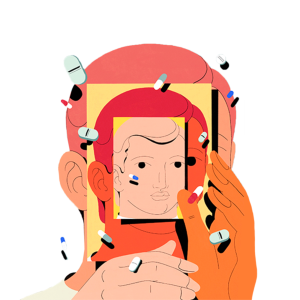
Science Over Stigma
By probing the physical cause of obesity, researchers have repudiated harmful misconceptions, leading to new, highly effective medications. -
Features

The Sounds of Science
How insights from ornithology, coupled with advances in AI, could enable doctors to screen for disease using the human voice. -
Features

Bones’ Secret Cells
Research led by Dr. Matthew Greenblatt and his lab is revealing connections between bone stem cells and a surprising array of conditions — including cancer. -
Notable

Expansion in Midtown
A 216,000 square-foot expansion of clinical and research programs at 575 Lexington Ave. will provide state-of-the-art clinical care at the Midtown Manhattan location. -
Notable

A Dramatic Growth in Research
In the decade since the Belfer Research Building’s opening, Weill Cornell Medicine’s sponsored research funding has more than doubled. -
Notable

Dateline
Heart disease presents differently in resource-poor countries like Haiti. Dr. Molly McNairy and colleagues are working to identify underlying causes and prevention. -
Notable

Overheard
Weill Cornell Medicine faculty members are leading the conversation about important health issues across the country and around the world. -
Notable

News Briefs
Notable faculty appointments, honors, awards and more — from around campus and beyond. -
Grand Rounds

Living With Endometriosis: A 12-Year Journey
How the right treatment reduced the pain of endometriosis -
Grand Rounds

Taking Action Against Lung Cancer
Monitoring by Weill Cornell Medicine’s Incidental Lung Nodule Surveillance Program can lead to early cancer detection. -
Grand Rounds
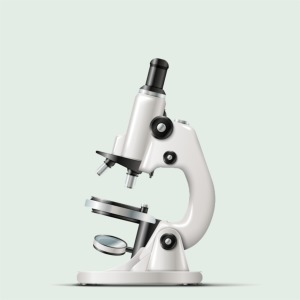
News Briefs
The latest on teaching, learning and patient-centered care. -
Discovery

Gut Check
New evidence shows that a bacterium found in the gut of livestock could be a trigger of multiple sclerosis in humans. -
Discovery

Researchers Chart the Contents of Human Bone Marrow
A new method for mapping the location and spatial features of blood-forming cells within human bone marrow provide a powerful new means to study diseases that affect it. -
Discovery
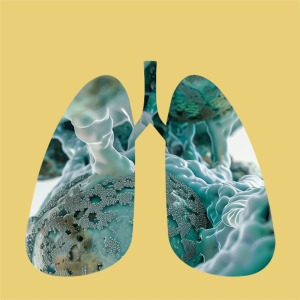
Findings
The latest advances in faculty research, published in the world’s leading journals. -
Alumni
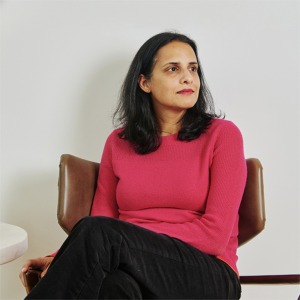
Profiles
Forging critical connections to move research from the bench to the bedside, our alumni are making an impact. -
Alumni

Notes
What’s new with you? Keep your classmates up to date on all your latest achievements with an Alumni Note. -
Alumni

In Memoriam
Marking the passing of our faculty and alumni. -
Alumni
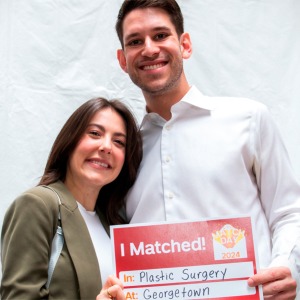
Moments
Marking celebratory events in the lives of our students, including the White Coat Ceremony and receptions for new students. -
Second Opinion

Equal Risk
Does race have a role in calculations of health risks? -
Exchange

Health Equity
Two faculty members discuss the importance of community-engaged research in their work to help combat cancer disparities fueled by persistent poverty. -
Muse

Finding Strength in Art
Surin Lee is a Weill Cornell Medicine-Qatar medical student, Class of 2026, and a visual artist. -
Spotlight

Partners in Solving Surgical Challenges
Dr. Darren Orbach (M.D. ’98, Ph.D.) and Dr. Peter Weinstock (M.D. ’98, Ph.D.) are pioneering the use of practice simulations to ensure successful complex surgeries.